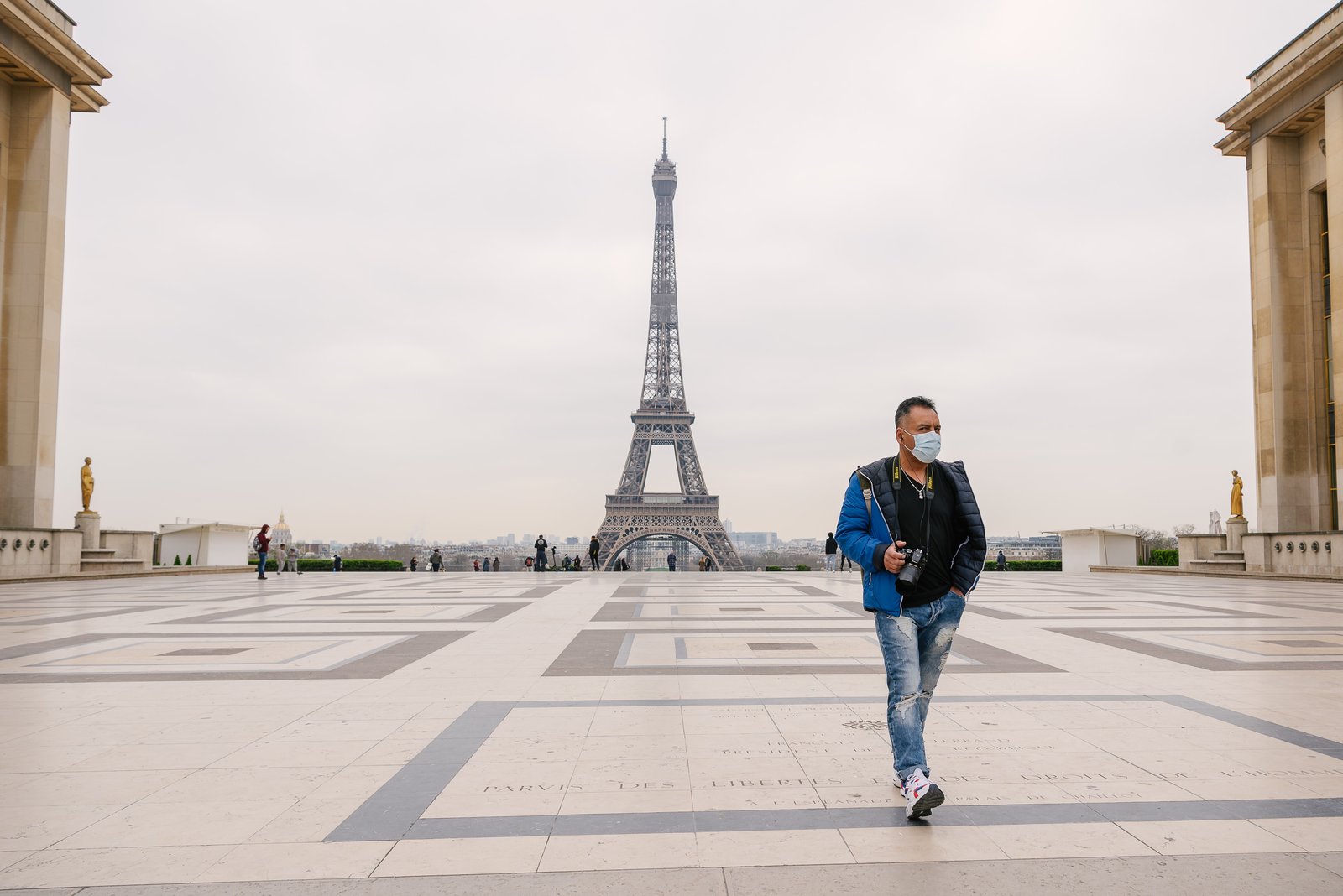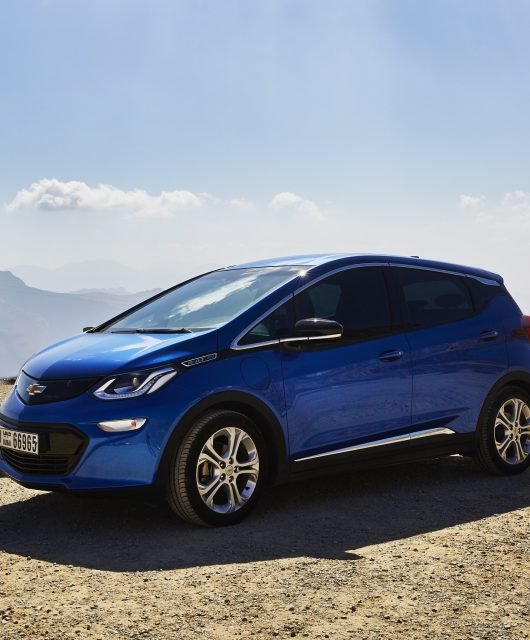Week: October 5th – 9th
Several weeks ago, when the gravity of the situation became clear, Interbrand started regular reporting on how brands were dealing with the COVID-19 crisis. What’s now becoming clear is that the current climate is one of near perpetual disruption. So the brand consulting firm made the decision to keep on telling the stories of inspiring brand leadership and strategy amid the latest crises in an anxious world. Interbrand’s goal remains the same: to provide an up-to-the-minute source of information, inspiration and insight on brand moves as they happen.

Technology
Google told advertisers Friday that it will not allow election-related ads to run on any of its platforms after the polls close nationwide. “Given the likelihood of delayed election results this year, when polls close on November 3, we will pause ads referencing the 2020 election, the candidates, or its outcome,” Google spokesperson Charlotte Smith said in a statement.
“This is a temporary measure, and we’ll notify advertisers when this policy is lifted.” In a letter to advertisers, Google said it’s expecting a “substantial increase in election ad submissions” in the coming weeks and told advertisers to expect 48 hours for approvals” without leeway for expedited requests. Google’s decision applies its “sensitive events” policy after Nov. 3 and said once the policy is in place, “advertisers will not be able to run ads referencing candidates, the election, or its outcome,” since an “unprecedented amount of votes will be counted after election day this year.”
Amazon is unveiling its own palm recognition technology today that will be used initially to turn your hand into a personal credit card inside the company’s physical retail stores. Amazon One uses the palm of your hand to identify you, using a combination of surface-area details like lines and ridges, alongside vein patterns to create a “palm signature.”
At first, this palm signature will be used in Amazon’s own Go stores in Seattle, and the company also plans to add Amazon One to other Amazon stores in the coming months. Usage will eventually extend beyond just palm-based payments.
“We believe Amazon One has broad applicability beyond our retail stores, so we also plan to offer the service to third parties like retailers, stadiums, and office buildings so that more people can benefit from this ease and convenience in more places,” said Dilip Kumar, vice president of Amazon’s physical retail business.
While many companies have experimented with palm recognition biometrics over the years, Amazon’s strong retail presence could certainly help make palm scanning a reality. Amazon hasn’t confirmed if any other retailers, venues, or businesses will make use of Amazon One, but the company says it’s “in active discussions with several potential customers.”
Amazon One will use image scanning hardware that includes proprietary computer vision algorithms to capture and encrypt a palm image. You won’t even need an Amazon account to use the service, just a phone number and a credit card. Amazon One users will apparently be able to delete their biometric data from the company’s online portal if they no longer want to use the service.
Retail
E-commerce companies are preparing for a huge surge in online orders over the holidays, as people remain hesitant about visiting stores. But while the extra revenue may be welcomed, it could also put a strain on their ability to get products to customers on time. In a recent survey of 63 merchants by CommerceNext, an event series and community for retail marketers, respondents said that their biggest logistics concern leading up to the holidays was that carriers like FedEx and UPS would cap deliveries during peak demand.
It’s something that FedEx already had to do in May, when it was experiencing a huge surge in package deliveries during stay at home orders, while rival UPS added a peak surcharge around that time. Now, the fear is that delivery times could be even further delayed, given that November and December are already the busiest times of year for many e-commerce companies.
In order to prepare for the surge in e-commerce orders, some consulting firms are advising companies to diversify the number of carriers they work with, as well as to try and encourage customers to buy weeks in advance, instead of on historically busy periods like Black Friday and Cyber Monday.
While some delays are inevitable, by getting ahead of the biggest surges in orders, the hope is that they won’t experience as big of delays as some of their competitors. EBay, for example announced that it had struck a deal to provide discounted UPS shipping labels to its sellers by the end of September, in light of recent delays it had experienced with USPS. “There will be failures across every carrier,” said Matthew Hertz, co-founder of consulting firm Second Marathon, which has worked with Away and Great Jones, among other companies, on fulfillment strategy.
Carriers are already bracing for the surge in orders by introducing surcharges during peak delivery times. The United States Postal Service is doing that for the first time this year, increasing prices by anywhere from $0.24 to $1.50 per package from October 18 through December 27. FedEx, meanwhile will charge an extra $1 to $15 an order between November 2 and January 17, and UPS is applying a surcharge to customers who ship more than 25,000 packages a week.
Recent studies have projected that the share of holiday orders placed online will increase this year. But by exactly how much is unclear. And if companies are off on their projections, it could create a huge headache. Deloitte is projecting for example, that holiday e-commerce sales will be up somewhere between 25% to 35% this year, compared to 14.7% last year.
Walmart, the world’s largest retailer, is embarking on a renovation of its stores. The new store experience will be built around the retailer’s mobile app and inspired by the design of airport terminals to create a digitally enabled shopping environment, said Alvis Washington, the company’s VP of marketing, store design, innovation and experience.
It’s part of a multi-year transformation at the value-oriented department store chain, further integrating its physical locations with digital to create a more navigable omnichannel destination. “We’re excited to evolve and reimagine the customer experience in our stores for a mobile-first world,” said Washington.
The company plans to initially complete renovations at 200 locations this fiscal year and 800 next year. Though Walmart last refreshed its stores in 2015, this is the most comprehensive overhaul of the store environment in the company’s history, according to Washington. The aim is to make the overall shopping experience more efficient, helping customers more quickly locate the items they need.
Recent events will likely contribute to the concept’s success. While the process began prior to Covid-19, the pandemic underscored the already recognized need for a more contactless shopping experience, so the discounter emphasized tools such as a product finder and touch-free checkout with payment solution Walmart Pay and self-checkout kiosks.
Automotive
Hyundai and the United Nations Development Programme have partnered to spread messages about sustainability to people around the world and turn their proposals for sustainable innovation into tangible initiatives.
The partnership includes collaborating on a global initiative, “for Tomorrow,” which will help accelerate progress towards the 2030 Sustainable Development Goals. The SDGs were adopted by the United Nations in 2015 as a universal call to action to end poverty, protect the planet and ensure that all people enjoy peace and prosperity by 2030.
Actress Jessica Alba participated in the online launch event. The project calls for crowdsourcing innovations from the public to help implement these solutions. Under this year’s theme and slogan, “Make Cities Inclusive, Safe, Resilient and Sustainable,” for Tomorrow will accept proposals from October 2020 through April 2021, in time for Earth Day on April 22.
Honda has decided to pull out of the FIA Formula One World Championship at the end of the 2021 season. The Japanese company, which is currently an engine supplier in the racing series, said: “As the automobile industry undergoes a once-in-one-hundred-years period of great transformation, Honda has decided to strive for the ‘realization of carbon neutrality by 2050.’
This goal will be pursued as part of Honda’s environmental initiatives which is one of the top priorities of Honda as a mobility manufacturer. Toward this end, Honda needs to funnel its corporate resources in research and development into the areas of future power unit and energy technologies, including fuel cell vehicle (FCV) and battery EV (BEV) technologies, which will be the core of carbon-free technologies.
As a part of this move, in April of this year, Honda created a new center called Innovative Research Excellence, Power Unit & Energy. Honda will allocate its energy management and fuel technologies as well as knowledge amassed through F1 activities to this area of power unit and energy technologies and take initiatives while focusing on the future realization of carbon neutrality. Toward this end, Honda made the decision to conclude its participation in F1.”
Entertainment
Danish toymaker Lego has launched the Braille Bricks concept, a play-based methodology that teaches the Braille touch-based language to children who are blind or have a visual impairment. Each brick in the toolkit retains its iconic form, but unlike a regular Lego brick, the studs are arranged to correspond to numbers and letters in the Braille alphabet.
Each brick shows the printed version of the symbol or letter, allowing sighted and blind children to play and learn together on equal terms. The company teamed up with blind associations to develop, test and launch the concept, which will be offered to select institutions, schools and services catering to the education of blind and visually impaired children. Toolkits will be available to professionals associated with or operating schools, institutions, education centers, etc. The project is entirely non-for-profit for all parties involved.
Disney+ is rolling out a remote co-viewing feature that will enable subscribers to watch the platform’s programming together virtually. GroupWatch will allow up to seven different Disney+ accounts to link up and co-view programming with one another on the streaming service. Starting today, users on the Disney+ mobile app or web browser will see a co-viewing icon next to the Play button on Disney+ programming.
If clicked or tapped, that button will allow users to send invitations to as many as six other people. Invitees, who must have their own Disney+ accounts, can join through those invitations to watch the program together simultaneously on web, mobile or on their connected TVs or smart TVs.
There’s a reaction function built into the Disney+ mobile app where co-viewers can react to programming with different emojis. “Storytelling comes alive when you’re able to share and enjoy it with others,” Jerrell B. Jimerson, svp product management for Disney+, said, “and in this moment when many are still apart from their friends and family, GroupWatch offers a way to safely connect virtually by co-viewing your favorite Disney+ stories with your favorite people from the comfort of your living room.”
GroupWatch comes to Disney+ a few months after sister service Hulu rolled out its own co-viewing feature, Watch Party, to ad-free viewers in late May. That option, which supports up to eight people watching concurrently, was the first in-app co-viewing experience that rolled out on streamers. There are also several popular web browser plug-ins, including Netflix Party and Scener, which allow for web-based co-viewing and chatting.
Business
A survey just released by the IBM Institute of Business Value identified a “culture shift” at corporations worldwide, and concluded that “executives must accept that pandemic-induced changes in strategy, management, operations and budgetary priorities are here to stay.”
One big dividend from this culture shift: Two-thirds of respondents said they’ve been able to complete initiatives that encountered resistance in the pre-Covid work world. The survey of almost 3,500 executives in 22 countries found cash flow, along with cost and liquidity management, among the highest priorities through 2022.
About 60% said they were accelerating the digital transformation of their organizations. Three-quarters plan on building more robust IT capabilities. The digital transformation is expected to increase the actual number of jobs, “but the skills required for those jobs are going to be very different,” said Jesus Mantas, senior managing partner of IBM Services.
In a move away from the recent practice of just-in-time delivery, 40% of executives highlighted the need for spare capacity in their supply-chains. Only about half the companies will emphasize entering new markets to increase their customer base, the executives said. And 84% said that customer-experience management will be a top priority, up from just 35% two years ago.
Travel & Tourism
A Japanese-themed street in China’s Guangdong province has become a hit with young people unable to travel abroad due to the coronavirus pandemic. The 100m-long road in Foshan city, called Ichiban Street, has been outfitted by a local property developer to resemble famous commercial streets in Japan, complete with a sakura tree, an icon of Japan.
Japanese lanterns have been hung along the street in Foshan, while buildings have been fitted with an array of signboards written in Japanese. Even the traffic lights, street signs and road markings are modelled on those used in Japan. Many of the neon signs refer to Japanese anime characters such as Astro Boy, Inuyasha and Sailor Moon, which are popular in China. The street is still being outfitted and has not officially opened, but word has spread quickly via social media and locals are flocking to the area.
To read the full report, please download here.
To access daily Brand Moves, please visit www.brandchannel.com.





